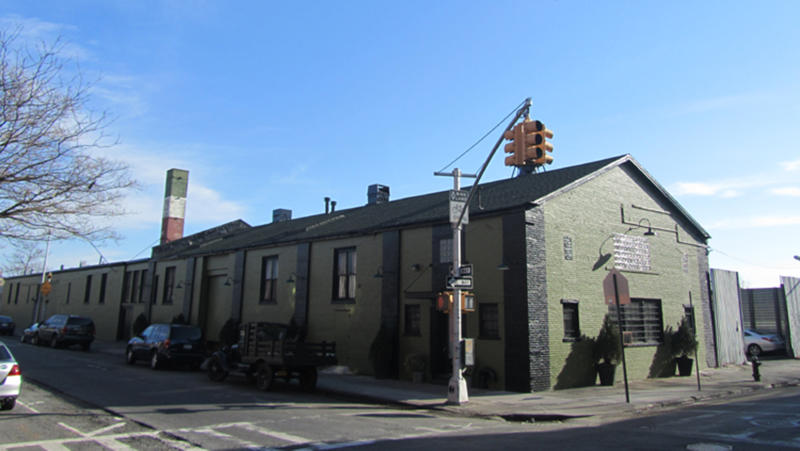
In the last two decades, the neighborhood of Gowanus, Brooklyn has undergone a striking evolution. The industrial fabric along the Gowanus Canal, a polluted Superfund site, has become increasingly juxtaposed with high-rise luxury residential buildings and trendy food, drink, and retail businesses. Because this is New York City, this type of urban transformation has come to feel seemingly inevitable. As a result, Gowanus now looks very different than it did even a few years ago.
Thanks largely to the efforts of The Gowanus Landmarking Coalition and other preservationist groups. a handful of Gowanus historic industrial structures have been landmarked, but others have been lost, or will soon be lost as development of the area progresses. This month, Mayor Adams broke ground on a $1.6 billion project that will eventually lead to the creation of 3.6 acres of public waterfront space and the construction of two massive underground storage tanks that will collect up to 12 million gallons of sewer overflow, diverting it from the Gowanus Canal. Here, we take a look at some of the historic, formerly industrial structures of Gowanus that still exist, at least for now.
You can learn more about the Gowanus Canal on our upcoming Bridges of Gowanus Untapped New York Insiders tour led by NYC tour guide Daniel Pecoraro on April 22nd and 29th. On this tour, guests will explore the past and future of Gowanus through its pedestrian bridges and the Culver Viaduct. You’ll get to see (and smell) the infamous canal, get an up-to-the-minute understanding of the 2021 rezoning, and learn about the rezoning’s impact on development and infrastructure. Plus, make a stop at the oldest retractable bridge in North America! This event is free for Untapped New York Insiders. Not an Insider yet? Become a member today and get one month free with code JOINUS.
1. The Green Building, 450-460 Union Street, ca. 1931

Less than a block away from the Gowanus Canal, 450-460 Union Street (a.k.a. The Green Building) is an example of the rich industrial history hidden in the neighborhood. The site where the building stands has been occupied by a series of different companies since the middle 19th century, including Cement Drain and Water Pipes Company, T.H. Lidford Coal and Wood Yard, and John Hynes Granite works. according to Brownstoner. The brass foundry Thomas Paulson & Son bought the land in 1929 and built the structure you see today around 1931.

In 2002, in the hopes of constructing a luxury residential tower in its place, plans were made to demolish the site, but thanks to pushback from devoted residents, the building was not granted a residential rezoning. The Green Building is now used as an event space. The building features 6,000 square feet that openly and proudly display the building’s industrial past, with exposed brick walls, open-beamed ceilings, and an open-air courtyard that allows the sun to shine through floor-to-ceiling glass doors. The Green Building is not one of the 5 Gowanus structures that earned landmark status in 2019.






